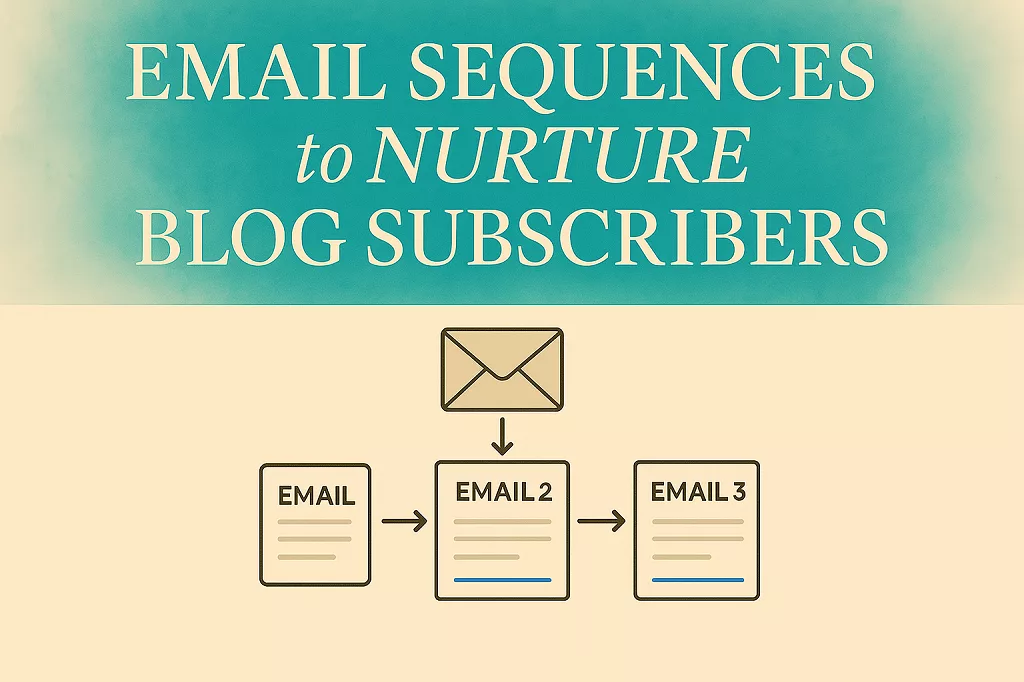
Understanding Bounce Rate on Blog Pages

Introduction to Bounce Rate
Bounce rate is an essential metric for any website owner, especially when it comes to blog pages. It helps measure the effectiveness of your blog content by assessing how many visitors leave immediately after viewing only one page. This quick exit can be due to many reasons, including poor content, poor user experience, or technical issues.
Understanding Bounce Rate on Blog Pages
Bounce rate specifically for blog pages is even more critical. It helps determine the success of your content marketing strategy by measuring how well your blog articles attract and retain readers.
What is a High Bounce Rate?
A high bounce rate means that a significant portion of your visitors leave immediately after visiting a blog post. This can be anywhere from 50% to 70% or higher. A high bounce rate indicates that your blog content may not be meeting the expectations of your target audience, or that your content might have problems that are causing visitors to quickly leave the website.
Why is a High Bounce Rate a Problem?
A high bounce rate can lead to a number of negative consequences for your blog and your overall online presence:
- Search engines may penalize your blog: Search engines like Google use bounce rate as one of many metrics in their algorithm. If your bounce rate is consistently high, this could indicate that your content is not providing value to users, which can lead to your blog being penalized in search rankings.
- Your content marketing strategy may be failing: A high bounce rate suggests that your content is not attracting, engaging, or retaining your target audience. This could mean that your content is too long, too short, or not relevant to your readers. Reviewing your content can help identify any problems and improve the overall quality of your blog.
- You may miss out on potential opportunities: A high bounce rate can mean that you are missing out on opportunities to attract new readers and grow your blog. By analyzing your bounce rate, you can identify which articles are attracting and retaining readers, and which ones are not.
- Your blog may not have a professional image: A high bounce rate can indicate that your blog is not taking its content seriously, or that it lacks professionalism. This can lead to a negative perception of your blog among your readers and potential visitors.
Identifying High Bounce Rate Articles
To identify high bounce rate articles, follow these steps:
1. Use Google Analytics to view your blog’s bounce rate. Log in to your Google Analytics account and go to Behavior > Site Content > All Pages. You will see a list of all your blog articles, sorted by bounce rate from highest to lowest. This will help you identify which articles are attracting and retaining visitors, and which ones are not.
2. Review your content and identify any common themes or issues that may be causing high bounce rates. Look for long articles that may be too long for your target audience, or articles that are not engaging or relevant to your readers.
Improving Your Bounce Rate
To improve your bounce rate, follow these steps:
1. Review your content and identify any common themes or issues that may be causing high bounce rates. Look for long articles that may be too long for your target audience, or articles that are not engaging or relevant to your readers.
2. Optimize your articles for better user experience. This can include using shorter paragraphs, including images, and including internal and external links to related articles.
3. Make sure your content is engaging and relevant to your target audience. This can include including a call-to-action, including case studies, and including data or statistics.
4. Make sure your blog is easy to navigate. This can include using clear headings, including a table of contents, and including a search function.
5. Monitor your bounce rate regularly. By tracking your bounce rate over time, you can identify any trends or patterns that may be causing high bounce rates. This can include changes in search engine rankings, changes in your target audience, or changes in your blog’s content.
By understanding bounce rate on blog pages, you can identify any problems with your content marketing strategy and improve your overall blog’s performance. By following these steps, you can improve your bounce rate and attract more readers to your blog. Remember to always review your content regularly, and make any necessary changes to keep your blog fresh and engaging.
You May Also Like

Maximizing Your Blog’s Visibility: The Ultimate Guide to Featured Images
July 29, 2025
Tracking Your SEO Success: A Step-by-Step Guide
July 20, 2025


